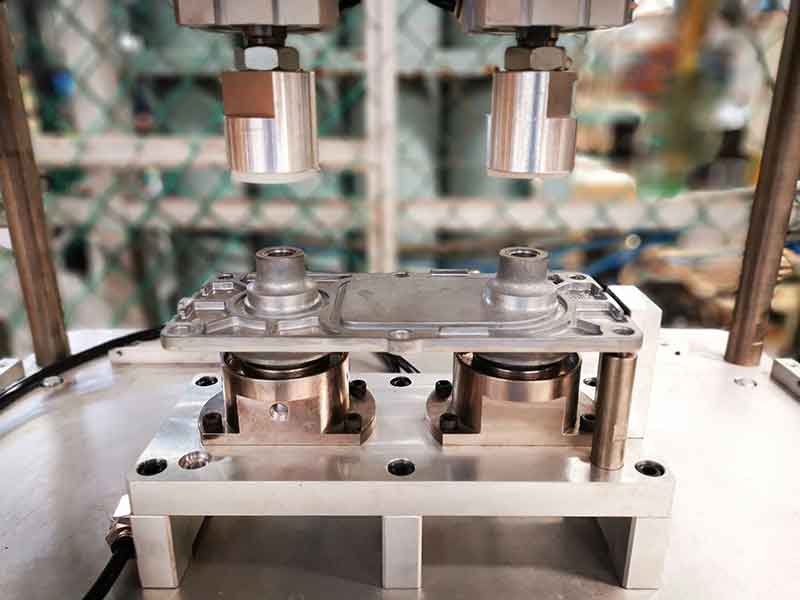
The diecasting process starts with the design of the mold. It is typically constructed from steel, into which the molten metal is introduced under extreme pressure. The pressure guarantees that the metal is able to fill all the details in the mold resulting in precisely replicating the part. Die molds, also known as dies usually have several cavities that allow for the simultaneous creation of multiple parts in a single cycle. Such efficiency makes die casting an attractive option for high-volume production runs.
Beyond its precision, diecasting offers incredible versatility and can accommodate various materials to meet the diverse requirements for different projects. While zinc, aluminum and magnesium are the metals most often used, advancements in technology allow diecasting to include alloys such as copper, lead, as well as tin. Each metal has its own set of properties such as corrosion-resistant, lightweight aluminum, to the superior strength-to-weight ratio of magnesium. It's this versatility that lets manufacturers tailor their elements to fit specific requirements in terms of performance, conductivity, or aesthetics.
Diecasting's benefits are manifold, making it the preferred option for those seeking high-quality, cost-effective production solutions. One of its primary benefits is the precise quality of the casting. The capability to recreate intricate detail consistently, combined with the smallest post-processing needs reduces the time to produce and reduces overall costs. Additionally, diecasting provides exceptional mechanical properties, enabling components with superior robustness and durability. These are crucial in the most demanding of applications.

Beyond the traditional manufacturing sector, die casting has found innovative applications in new industries like renewable energy, and medical technology. In the renewable energy sector the use of die-cast parts is integral in the manufacturing of components for wind turbines, solar panel frames and hydroelectric components. These parts must endure extreme environment conditions and deliver optimal performance. This makes die casting an important manufacturing technique.
Beyond the technical benefits the process continues to advance with improvements in automated systems, simulation software as well as sustainability efforts. Automated technologies, such as robotic systems, as well as real-time monitoring sensors, increase process control as well as productivity, while reducing chance of human errors. Additionally, computer-aided engineering (CAE) software allows engineers to create simulations of die casting processes in order to predict potential problems as well as optimizing designs prior to manufacturing that speeds time-to-market by making prototyping less costly. In addition, the focus on sustainability has prompted diecasting companies to adopt green practices like making use of recycled materials as well as optimizing their energy usage, so as to limit impact on the environment and also meet legal requirements.